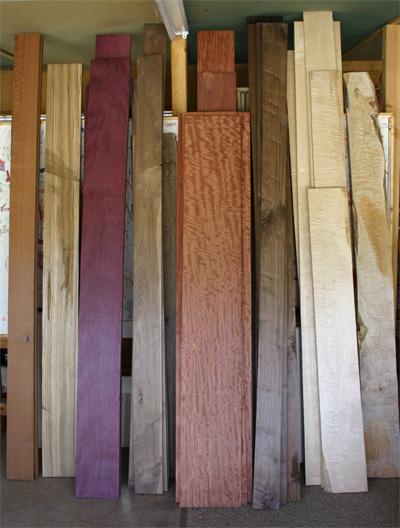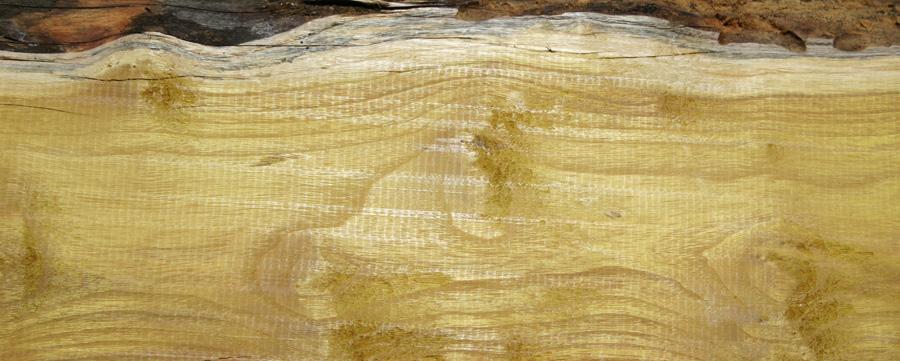Wood Species and Tonal Quality in the Native American Style Flute
Wood Species and Tonal Quality in the Native American Style Flute
 I do not put wood type near the top of my list of things that affect tonal quality in Native American style flutes. That does not mean that I am not aware that different types of wood produce different types of tone. I do not personally use soft woods such as cedar and redwood. There are many factors that lead to this decision. I will not go into them here.
I do not put wood type near the top of my list of things that affect tonal quality in Native American style flutes. That does not mean that I am not aware that different types of wood produce different types of tone. I do not personally use soft woods such as cedar and redwood. There are many factors that lead to this decision. I will not go into them here.
Wood density is measured on a scale called the Janka Hardness Scale. Alaska cedar, for example, has a rating of 580. Ipe, a dense tropical hardwood, has a rating of 3680. The hardwoods that I use range from a density of 1010 for black walnut to Indian rosewood with a rating of 3170.
There is no such thing in nature as a pure sign wave tone. Any tone – like a tone in the key of A – is always a mixture of tones. The predominant tone is that of A – vibrating at 440 Hz. But, mixed in with that tone are other tones both above 440 Hz and below it. These tones are called overtones. They add color to the pure sign wave or note.
Wood that is lower in density, such as walnut, has a tendency to selectively absorb sound vibrations of a certain wavelength. The vibrations that have the greatest tendency to be absorbed are the higher vibrations or overtones. Higher density woods tend to reflect these overtones not absorb them. Tones that are not absorbed by the wood itself are projected out into the surrounding atmosphere and strike the ear. Thus, they become part of the musical experience. Overtones that are absorbed into the wood do not get projected out into the atmosphere. They do not reach the ear and consequently do not become part of the musical experience.

A flute that is in the key of A has a brighter tone than a flute in the key of E. Higher overtones, like higher keyed flutes, are usually called bright overtones. Some people prefer higher, brighter tones. Others prefer lower, moodier tones. It is my opinion that a good flute should have the proper balance of higher and lower tones.
Factors affecting the selection of wood species and tonal quality
When I am making a flute in a higher key – such as an A – I want to balance the tonal quality. The flute is naturally going to be bright. If it is too bright then the tone can begin to sound hard and penetrating. If I were following my own personal preference I would prefer to use a lower density wood. I would do this to absorb some of the higher overtones. By neutralizing these extreme tones I would take some of the edge off the hardness. The resulting flute would sound more comfortable to the ear.
Lower keyed flutes on the other hand tend to be dull. If I were making a flute with a lower tone such as an E or lower I want to preserve bright overtones. So I would make the flute out of a harder wood. In my experience the harder the wood the better. I do this because the flute is already laid back in tonal quality. I want to preserve as many bright tones as I can so that they are projected out into the atmosphere. By preserving the bright warm overtones the flute retains as much of a happy, bright quality as possible. These qualities are the ones that tend to be lacking in the lower keyed flutes.
These are not hard and fast rules. Every hand made instrument is different. Some, perhaps many, will violate these principles. Also, as I have tried to explain in previous articles, there are many other factors that are simultaneously having their effect on the tonal character of the flute.
